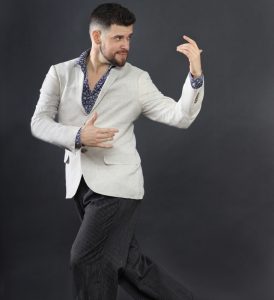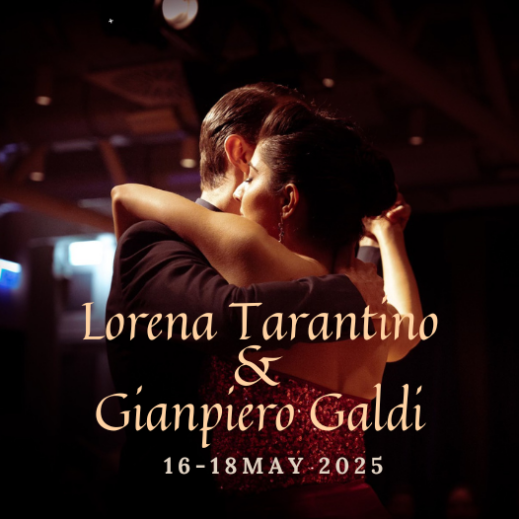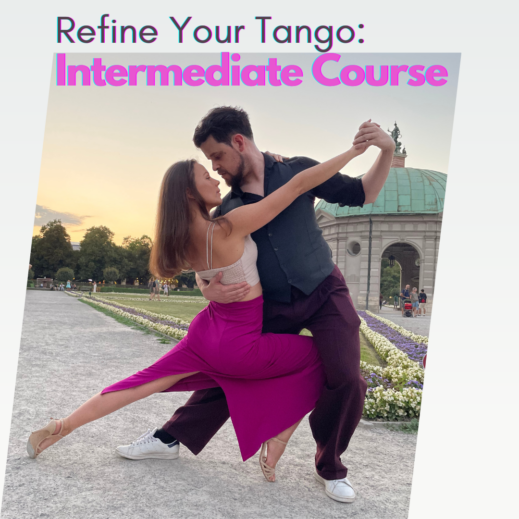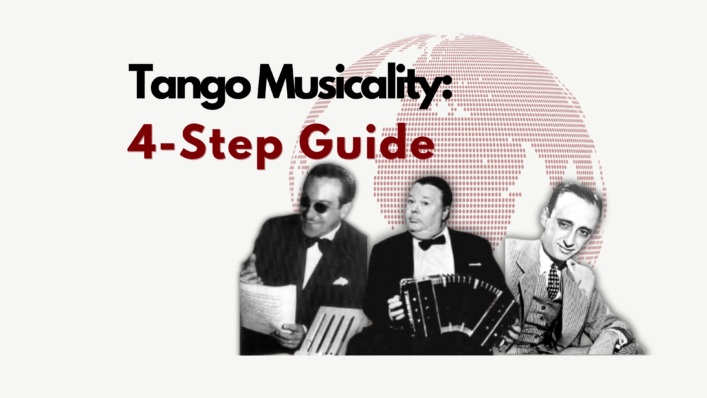
Tango Musicality: 4-Step Beginner’s Guide
The Beauty
Traditional Tango music is beautiful. It is rich, complex, emotional and comes in many different forms. Although most songs use mainly the same instruments – Violin, Piano, Bandoneon and Double Bass – and two-quarter time rhythm, the various orchestras managed to produce a wealth of songs for every mood that can sound very different from one another. To explore the diversity of tango music, listen to this curated tango playlist on Spotify.
The Goal
As dancers, we want to translate what we hear into our movements. That means that the music should be one of the most important factors in our decision making while dancing, being the soundtrack of a little story that we tell with our dance – to ourselves, to and together with our partner and (as performers) to the audience watching. But how do we begin to choose the right words, the right pace to tell our story?
The Problem
One of the main difficulties in tango musicality – and the main reason for me to write this article – is that, especially if you are a new dancer, the plethora of musical choices might simply be too much for you to handle at the same time. You probably are still trying to manage your own movements, body control, connection with your partner, avoiding other couples on the dance floor and so on. You might feel lost in the music, struggling to find a foothold to support you. This article is meant to provide some easy steps that should help you getting started, using the music as a tool to build your dance (and hopefully learning to love it in the process!).
The Solutions
Step 1: Listen to the music! The best way to improve your musicality is to listen to the music as much as possible. Ideally, pick an orchestra on Spotify/Youtube at home/on your phone and listen to a few Tango songs from that orchestra. Good for starters are Juan D’Arienzo, Carlos di Sarli and Francisco Canaro. Try to actively listen to the music and recognize the rhythm. You will soon notice recurring patterns and basic structures. The music will then sound less overwhelming to you once you are on the dance floor. Even if it may not seem so in the beginning, Tango music is very organized. If you search for phrases and repeating elements, you will find them. Like when you learn a new language, the more you listen to it, the more you’ll understand.
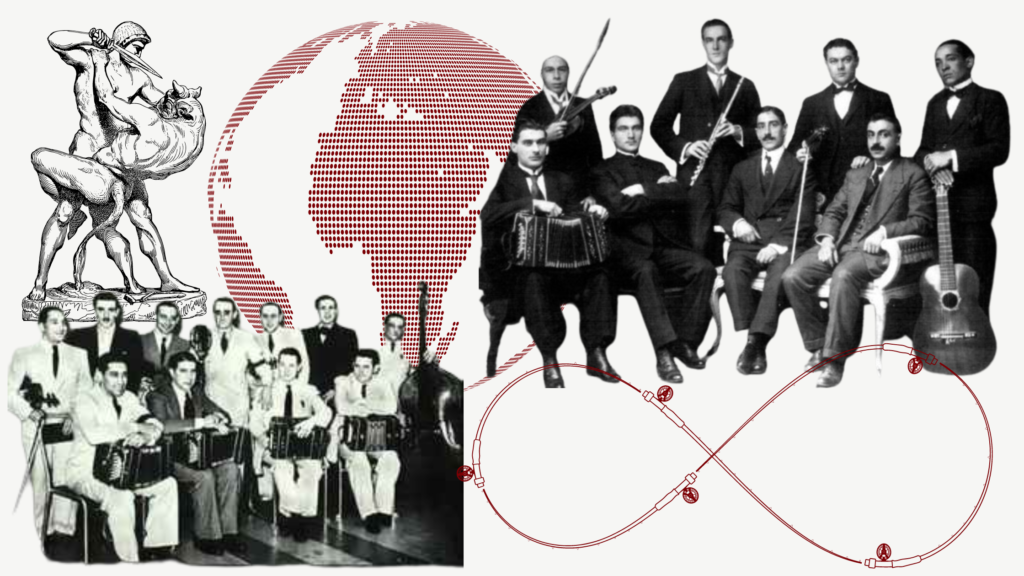
Step 2: Get in the mood! When you are on the dancefloor with your partner, take a few seconds at the beginning of every song to get a feel for the song currently playing. This helps you getting in the mood and understanding the energy of the song. You can also try and embrace your partner in the way the music makes you feel! Don’t be afraid of letting the music in.
Step 3: Dance on the strong beat first! When it comes to your choices, the music is only as complex as you allow it to be. Consider that traditional Tango music has been written and played for social dancers of all ages and experience levels to enjoy. As mentioned before, in most of the cases you will be able to hear the simple two-quarter time rhythm. You will be able to count from one to four, while the 1 and 3 will sound “stronger”. Try to match your movements to the “strong beats” as good as possible. Don’t let the melodies or playful solos that diverge from the strong beat confuse you – they are for later. If the rhythm disappears for a while, don’t panic – just take a pause, wait for the rhythm to come back, then continue.
Step 4: Don’t rush! It is not a problem if you miss a beat. Just don’t try to catch it afterwards – it’s like when you miss your bus, it’s gone. Don’t try to run after it, just take the next one! One of the perks of Tango music in comparison to many other dances is that it allows you to take breaks in between. You can learn to enjoy and savour the moment, to “dance the pause” – this will greatly improve your dance experience!
Last But Not Least
Of course, those steps are only there to give you an idea where to start when you are looking into understanding Tango musicality. Like most things in Tango, the musicality is a journey without end and even the most experienced maestr@s keep finding new ways of expressing themselves musically in their dance. Learning on how to include the musicality of your partner into your dance is then another challenge we put on top once we got more familiar with the basics. Don’t let this discourage you; it is a beautiful journey that everybody does in their own speed. It’s meant to be enjoyed by the traveller. And don’t forget to ask your teachers if you want to know more about musicality, they will very likely love the question!
About the author: Federico Suarez is a Munich-based tango dancer and teacher. He collaborates with Tango Flow as part of the Tango Young Munich Project. Federico is passionate about helping people enjoy traditional tango music and the social aspects of tango dancing.
Events
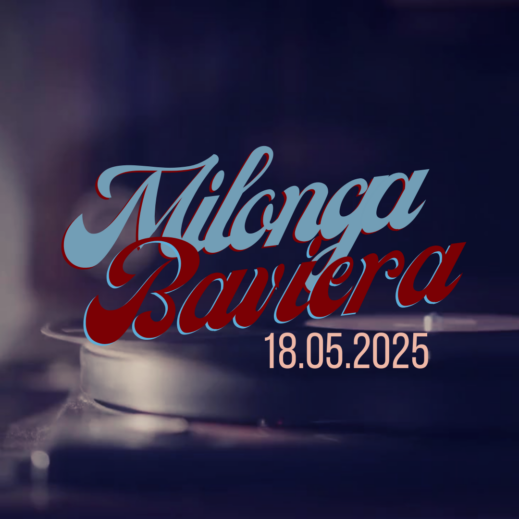
Milonga Baviera
📅 18 May 2025 | 📍 Bürgersaal Fürstenried | 🕖 Sunday, 19:00 The much-loved Milonga Baviera returns on May 18, 2025, promising another unforgettable evening of tango, music, and connection! ✨…
learn more